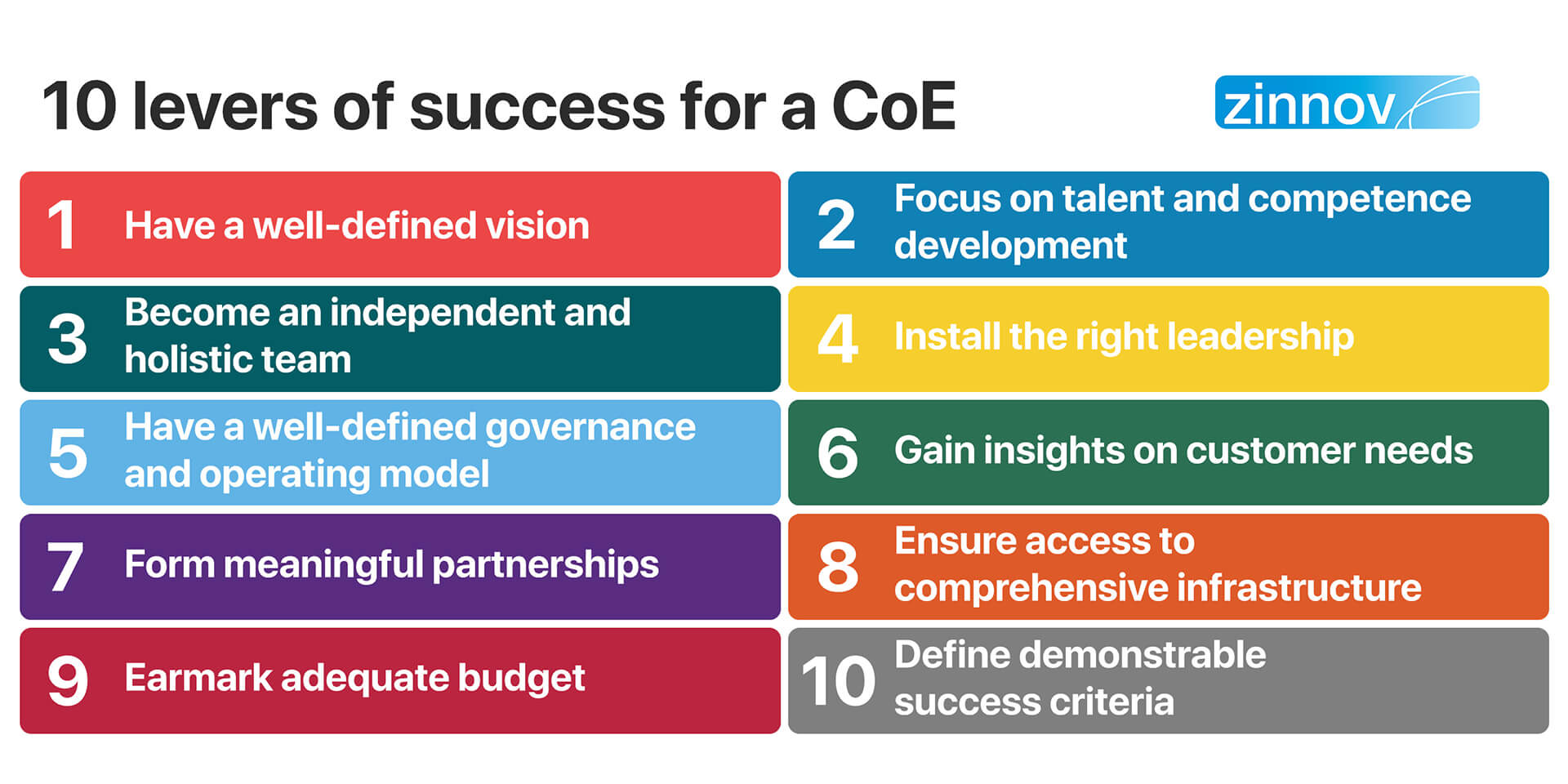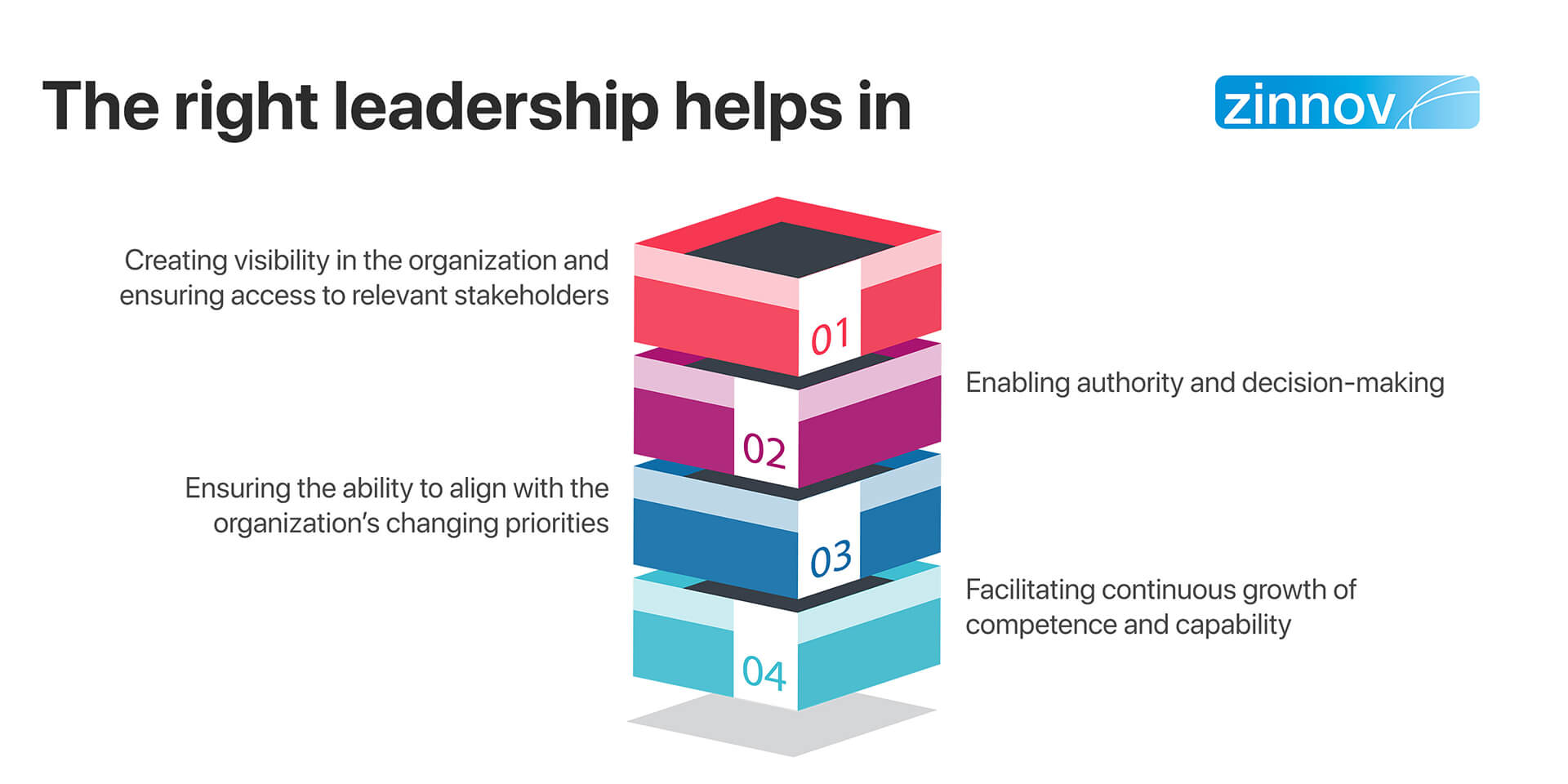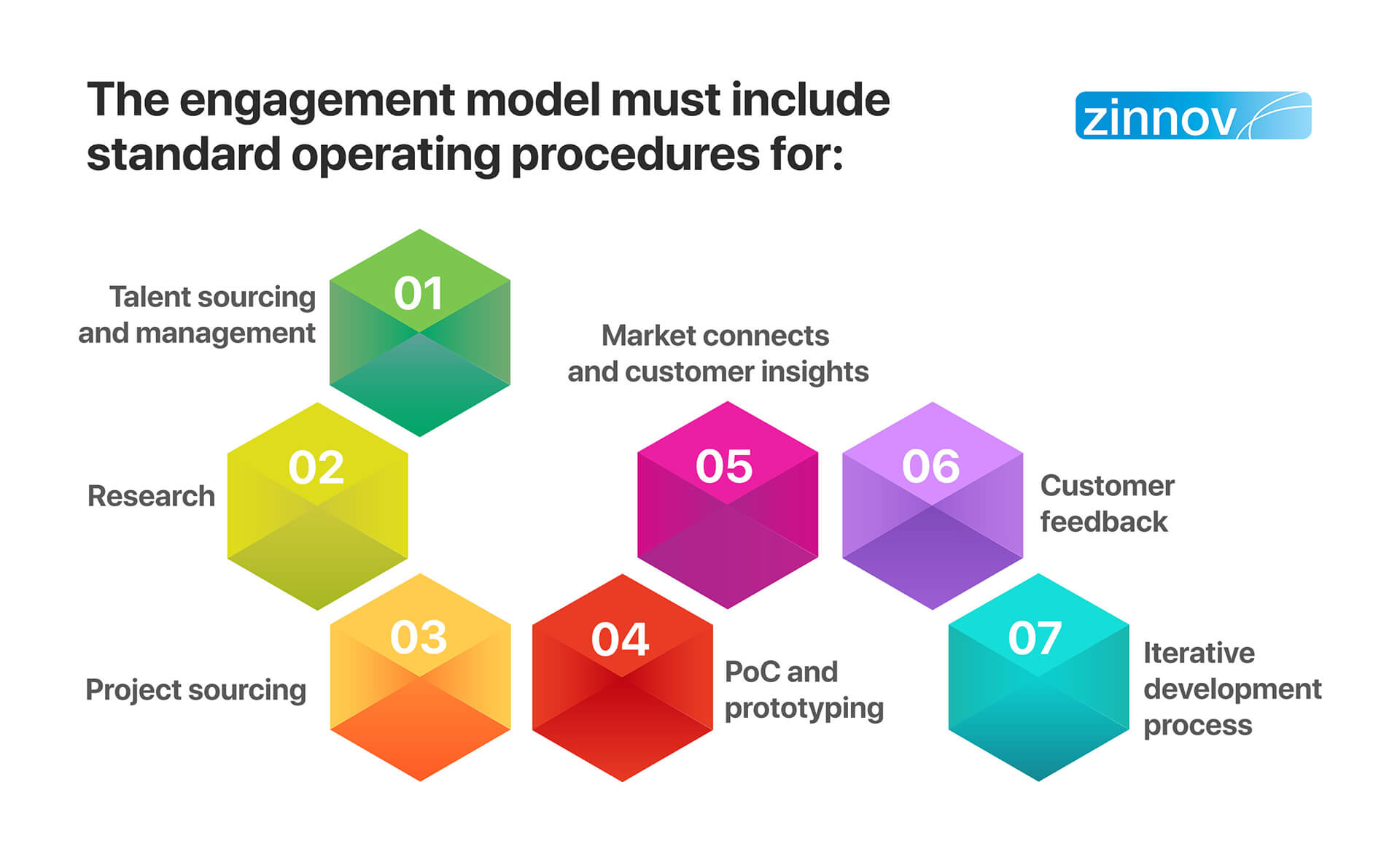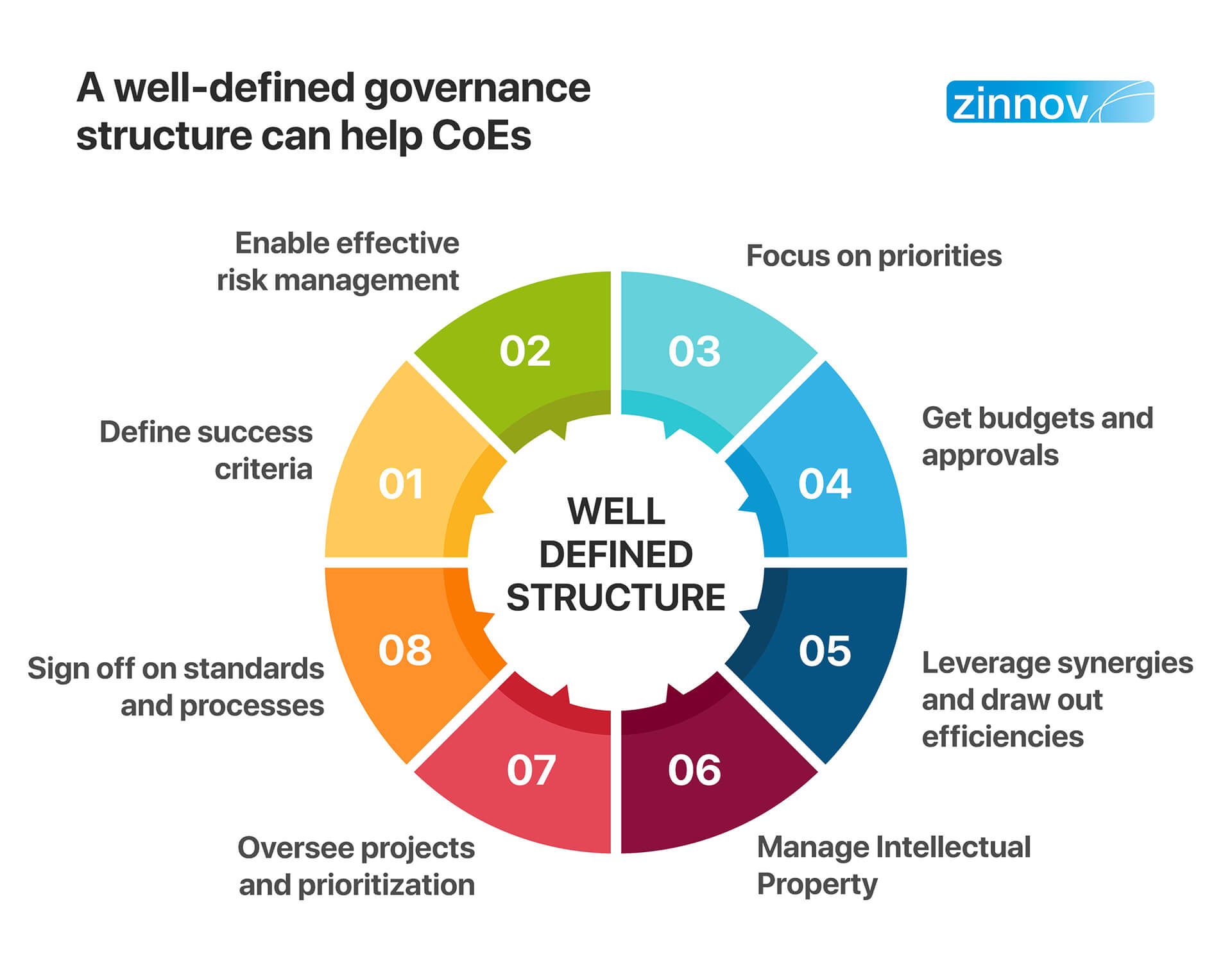Apple today, has a market cap of USD 2.74 Tn. But did you know that in 1979, Steve Jobs offered Xerox a pre-IPO investment in Apple, in exchange for a tour of their research facility, known as Xerox PARC. It was during this visit, that Jobs encountered the ‘mouse’ and ‘Graphical User Interface’ (GUI), and what happened next revolutionized the history of computing. Jobs had a vision for personal computers, and he put his mind to transform his vision into reality. He chose some of the best talent from Apple and put them on the Macintosh team, with him leading the march to the future. The Mac team had, in a way, become a Center of Excellence for Apple – dedicated to change the future of computing. Similarly, different organizations use different hooks to chart their enhanced value-add roadmap and setting up Centers of Excellence (COEs) or Global Capability Centers (GCCs) have become important levers to establish high-value contribution to HQ. However, just setting up a COE or a GCC is not enough; organizations must make sure that they are a success and here’s how they can do it.
An organization can measure the success of their COE or their GCC by measuring:
Expertise, impact, and in some cases scale, are the ethos of a COE or a GCC, but the bigger challenge for an organization is to ensure that their usually remotely located COEs or GCCs succeed. In this point of view, we are focusing on COEs and what it means for an organization to nurture and foster excellence in the truest sense. Here’s how.
There are 10 key levers that organizations need to incorporate in their COE strategy while building a Center of Excellence.

Defining their areas of focus is crucial for Centers of Excellence (COEs) to succeed. Just as the Macintosh team had a clear goal of building an easy-to-use computer, every COE must have a well-defined vision. When establishing a COE, organizations and engineering leaders must ensure that it aligns with the organization’s strategy and long-term vision. Without a clear mandate that drives its purpose, a COE risks losing relevance and impact in both the short and long term.
Talent and competence development are key focus areas as well as big challenges for any COE. Steve Jobs had a keen eye for talent and believed in hiring only the ‘A-players.’ Evidently, he understood the gravity of hiring the right talent for his team, hence he hired only the best for his Macintosh team. Most of the skills or competencies that a COE is built for are niche or rare, and hence is usually something that needs to be deeply focused on. A three-pronged approach helps solve this hurdle:
The foundation for a COE is expertise, and it is critical to form the foundation by hiring/onboarding a set of highly qualified and tenured experts who can sow the seeds for thought leadership and build a high-performing team to deliver the greatest impact. Many COEs limit the team to experienced subject matter experts and PhDs only. Some others experiment and augment the team with talent that can be trained and groomed over a period or have an amalgam of domain knowledge, market knowledge, and technology expertise, creating a competence flywheel.
An alternative approach is to implement a comprehensive talent strategy that prioritizes the talent pyramid, emphasizing individuals with strong potential for learning and the ability to contribute to the COE immediately, while also serving as a long-term pipeline for the COE’s continued success. To construct the pyramid, it may be effective to –
These mechanisms can help build a solid foundation for the talent pyramid and ensure sustained excellence within the COE.
Designing and setting up training programs by leveraging network connections, including but not limited to industry experts, academia, and SMEs, has proven to be the most effective approach. These structured programs are augmented with practical projects, which expedite the learning process while working on real-world scenarios.
Establish industry partnerships with customers, universities, start-ups, and other companies to incubate projects to rapidly help the team gain real-world exposure and work on live projects. This diversifies risk and continually provides an outside-in context, creating more well-rounded engineers.
COEs are not impacted by the everyday business of an organization and hence, have the flexibility to innovate. COEs need to be designed to operate independently and therefore, should possess all the necessary positions, skills, and autonomy required to understand and develop an end-to-end technology/product. This includes roles such as architects, product managers, people managers, technology researchers, and others.
The success of a COE hinges on it being led by an intrapreneurial, and passionate leader who understands, participates and contributes to the larger local ecosystem. Steve Jobs epitomized this lever. Even though Jobs was known as a tough boss to work for, no one who’s ever worked with him would deny his charismatic leadership and unstirring passion to make an indelible mark on the computing world. He kept motivating his team, learned and enkindled in them passion and vigor to rival his own, for Mac.

An intrapreneurial leader who is forward-thinking, creative, risk-taking, flexible, decisive, as well as empathetic will be able to create a vision, mobilize the resources, and keep the momentum going to ensure that the COE can continue to create impact.
COEs should ensure that the engagement model works seamlessly as well as frictionlessly with the rest of the organization in order to identify innovation whitespaces and also to operationalize the same.

Since the COE, by nature, works with multiple business units and/or product teams, it is critical to have a structured governance model and standard operating procedures in place to ensure effective prioritization and workload management.

It is critical that while setting up a Center of Excellence, it should be centered around customer needs. The Mac team at Apple, understood the market and knew that their product would make history because they broke down what customers’ pain points were and aimed to solve it at a fundamental level. Similarly, a COE should have insights, deep context, and expertise – to reflect excellence – be it industry trends, regulatory changes, new innovations, and disruptions in the area. Talent in the COE should be able to predict potential challenges and risks, making them a trusted partner for internal and external customers alike. Customer centricity is an important component of COE strategy.
In spite of being direct competitors, Jobs and Bill Gates formed partnerships wherever it was deemed necessary. The question that leaders like them often grapple with is to build, buy, or partner. However, they knew that without partnerships, it is difficult to thrive in an ecosystem. A COE needs to have the right kind of partnerships to drive innovation – industry partnerships, partnerships with universities, other organizations – large, small, and start-ups, user groups, developer communities, and customers to build, test, and evangelize solutions. Partnerships are a key part of a COE strategy – as it helps with flexibility, diversification of risk, as well as innovation and growth.
At the heart of any COE, is the ability to prototype, develop, test, and modify the technology in focus. Either through ownership or through partnership, the infrastructure available to the team should be comprehensive, cutting-edge, and secure.
The launch of the “insanely great” Macintosh in January 1984 still remains one of the most celebrated events in the technology world. Large investments were made in its marketing, talent, and launch event. Apple sold 70,000 machines by April of that year, and even though the sales went down later, Apple came back bigger and better than ever with newer versions of Mac and other revolutionary products. Thus, for a COE to focus on cutting-edge research, adequate budget must be earmarked to enable talent development, partnerships, avail infrastructure, and any other investments including marketing, all critical to success. A detailed ROI calculation is essential during the planning stage as well as annually, based on the prioritized projects in view, plans for the next five years, and potential monetization strategy for projects and technology in focus. This will help the company remain invested in the COE.
Measurements drive behavior, and the right behavior can lead to performance. To justify the investments and continued focus on the COE, it is critical for the organization to define success KPIs (key performance indicators) that are demonstrable. To ensure that the COE has a multi-dimensional focus and is working on transformational yet market-relevant solutions, KPIs need to be multi-dimensional, covering areas including but not limited to:
a. Top-line impact for the organization;
b. Bottom line impact for the organization;
c. Operational efficiency of the COE and the dovetail to the rest of the organization productivity and efficiency;
d. Customer impact.
A comprehensive review mechanism to track progress, demonstrate success, predict bottlenecks, and identify the best-fit solutions is critical to ensure that the COE can continue to be impactful.
All the above components are critical elements to establishing an effective COE. A COE that has a strong technical team but lacks the right customer connect will heavily depend on the product management team as well as the sales organization for insights. On the other hand, a COE that has access to customers and use cases, but does not have the top technical architects, may depend on business units or external experts to conceptualize and create the POC (proof of concept) for use cases. Their USP will be to bring market use cases and create impact in emerging markets where there may not be a significant sales presence.
A company can choose to de-focus on some of the levers based on the overall strategy for the center as well as the feasibility of implementation. It is, however, when all the building blocks or elements described above fit together like pieces of a puzzle that an organization can create a fully independent COE that delivers value and drives cutting-edge innovation. COEs that are built with all the components put together can and will create new and innovative business propositions, opening new horizons for the organization in terms of both next-gen technology as well as newer markets.
It is indisputable, how effective a COE can be for an organization. The onus is on the organization to build it right and for the relevant area of focus. It is imperative that the right focus is created, the right investments are made (in terms of leadership and experts as well as financial), and the right governance process is set up. Only when organizations implement these imperatives, can a COE help companies solve some of their key challenges around talent and innovation in the long run.